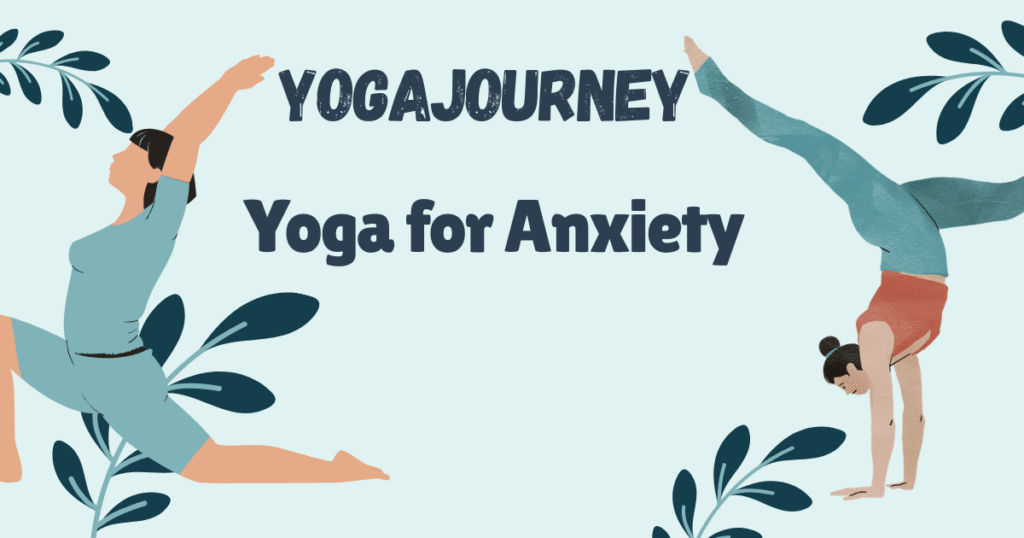
Anxiety is a common response to stress, often manifesting as feelings of worry, fear, and tension. While it’s a normal reaction to difficult situations, chronic or intense anxiety can interfere with daily life and may indicate an anxiety disorder. In the United States alone, about 18% of adults experience some form of anxiety disorder. These disorders arise from a mix of genetic, psychological, environmental, and life experience factors.
While conventional therapies like medication and therapy are often highly effective, yoga and meditation offer a complementary and natural solution to help manage anxiety. Through focused breathing, mindful movement, and mental relaxation, yoga can help reduce anxiety symptoms, ease tension, and promote overall well-being.
How Yoga and Meditation Help Manage Anxiety
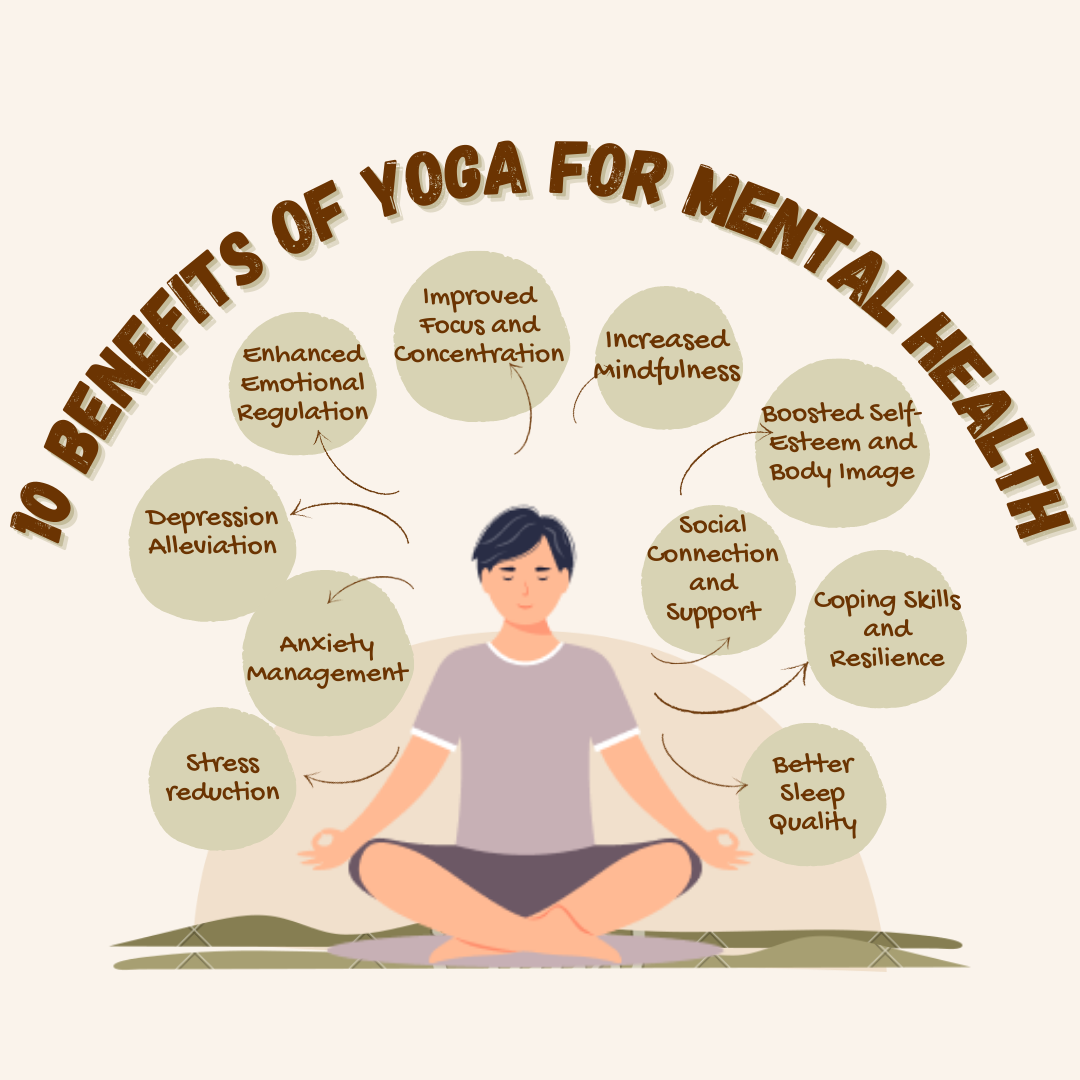
Studies show that consistent yoga and meditation practices can significantly reduce anxiety by targeting both the body and mind. Here’s how:
- Yoga Poses: Gentle yoga, particularly soothing postures, help relax the nervous system, release physical tension, and improve mental clarity. This creates a peaceful mind and body.
- Pranayama (Breathing Exercises): Breath control helps slow the heart rate and calm the nervous system. By practicing deep, mindful breathing, you can reduce the physiological symptoms of anxiety, such as rapid breathing and elevated heart rate.
- Meditation: Meditation trains the mind to stay present, helping you detach from negative thought loops that often fuel anxiety. It enhances focus, reduces stress, and brings emotional balance over time.
The Best Yoga Poses to Relieve Anxiety

While any yoga practice can be helpful for managing anxiety, certain poses are especially therapeutic. These poses target the nervous system, release built-up tension, and create a sense of calm. Here are some key postures that are particularly effective:
Restorative Postures
These poses encourage deep relaxation, helping the body release stress:
- Child’s Pose (Balasana): A grounding pose that calms the nervous system.
- Crocodile Pose (Makarasana): A supported lying posture that opens the chest and promotes deep breathing.
- Supine Bound Angle (Supta Baddha Konasana): A restorative pose that stretches the inner thighs and encourages relaxation.
Forward Bends

Forward bends help calm the mind and regulate the nervous system:
- Seated Forward Bend (Paschimottanasana): A gentle stretch that calms anxiety and brings peace.
- Seated Head-to-Knee (Janu Sirsasana): Targets the hamstrings and promotes mental calmness.
Inversions
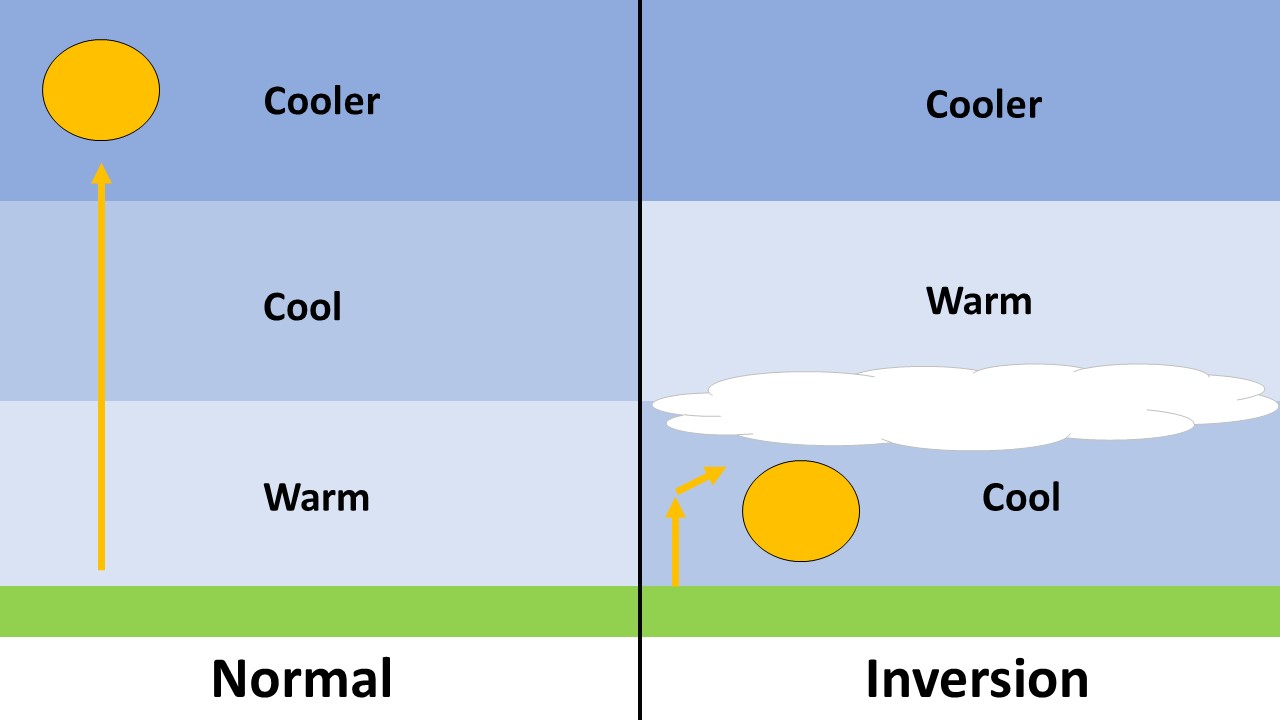
Inversions like Downward Dog (Adho Mukha Svanasana) and Plow Pose (Halasana) are excellent for stimulating the body’s relaxation response by increasing blood flow to the brain. They help reduce heart rate and breathing, inducing calmness.
Heart-Opening Poses
If anxiety is accompanied by fatigue, depression, or heart palpitations, heart-opening postures can help:
- Cobra Pose (Bhujangasana): A gentle backbend that opens the chest and energizes the heart chakra.
- Pigeon Pose (Kapotasana): Opens the hips and chest, releasing emotional tension.
- Bridge Pose (Setu Bandhasana): A calming backbend that soothes anxiety and brings emotional stability.
Yoga and Emotions: How Yoga Helps with Emotional Imbalance

Emotional turbulence—such as fear, anger, irritability, or sadness—can intensify anxiety. Certain yoga poses are designed to help release emotional blockages and balance the body’s energy systems:
Twists and Hip Openers
These postures help release pent-up emotional tension stored in the hips and spine:
- Seated Twist (Ardha Matsyendrasana): Helps release tension in the spine and internal organs.
- Prayer Squat (Malasana): A deep hip opener that promotes grounding and emotional release.
- Supine Bound Angle (Supta Baddha Konasana): A calming posture that releases tension and promotes inner peace.
Side Bends
Side bends stimulate the Liver meridian in Chinese medicine, which is associated with emotional well-being:
- Half Circle (Ardha Chandrasana): Opens the side body and enhances mental clarity.
- Revolved Head-to-Knee (Parivrtta Janu Sirsasana): Encourages a release of emotional tension and enhances focus.
Breathing: The Key to Managing Anxiety
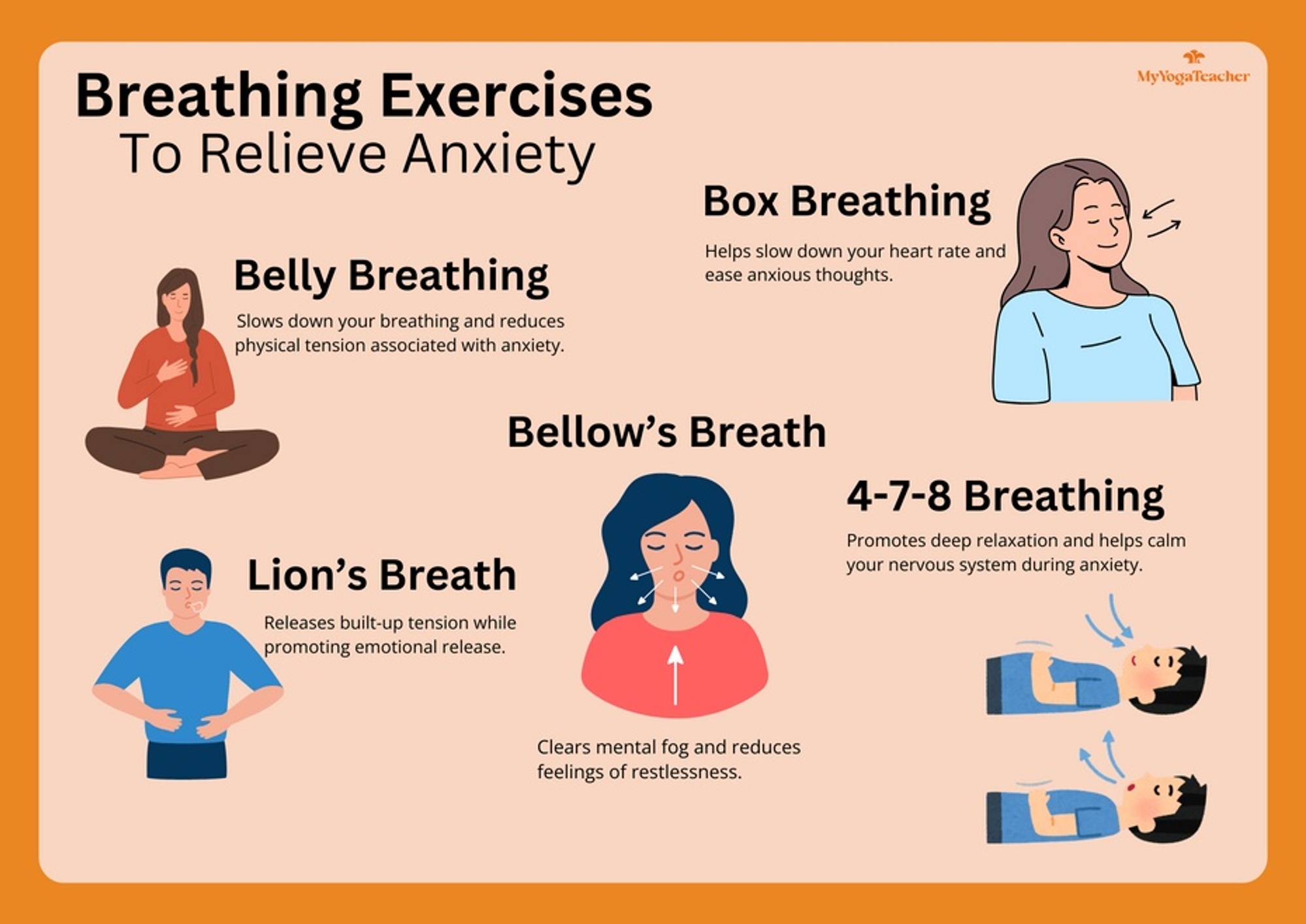
Rapid, shallow breathing is often a physical manifestation of anxiety, creating a feedback loop that worsens symptoms. Yogic breathing techniques (pranayama) are powerful tools for reversing this. Slow, controlled breathing calms the nervous system, stabilizes the heart rate, and reduces mental stress. Some key pranayama practices for anxiety include:
- Dirga Pranayama (Three-Part Breath): A full-body breathing technique that brings calm and clarity.
- Nadi Sodhana (Alternate Nostril Breathing): Balances the nervous system and enhances focus.
- Sit Cari and Shitali Pranayama (Cooling Breaths): These cooling techniques calm restlessness and help reduce anxiety symptoms, especially during hot weather or in moments of overwhelm.
The Role of the Mind in Anxiety
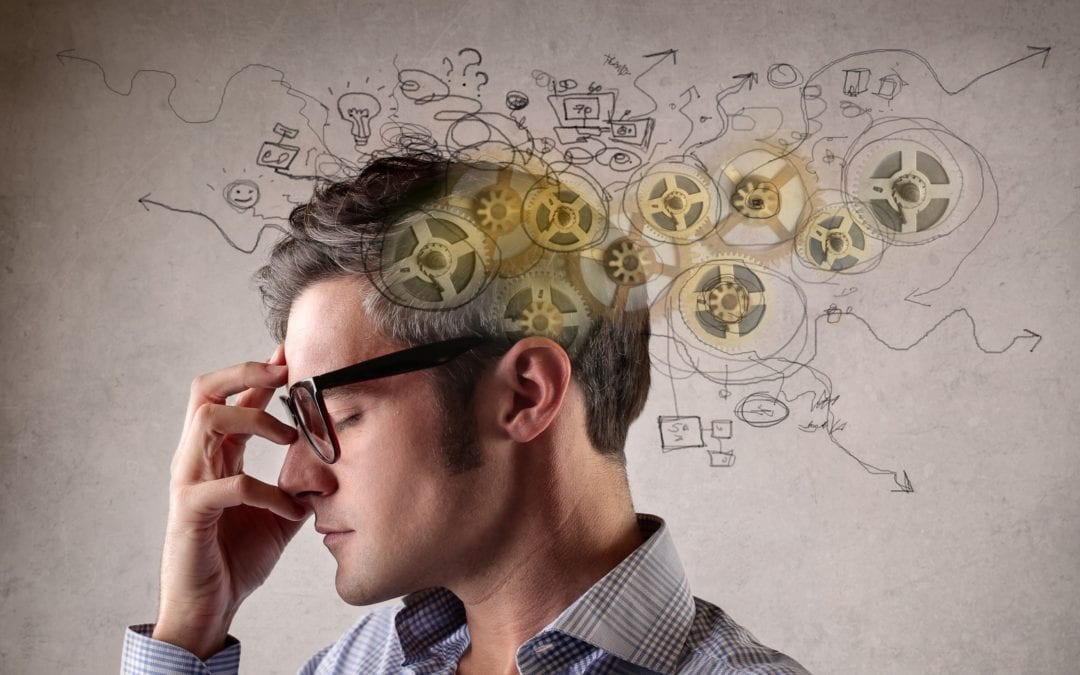
Anxiety often arises from overthinking or dwelling on worries, creating a cycle of fear and tension. Yoga and meditation offer tools to break this cycle. Meditation, in particular, teaches us to observe our thoughts without attachment, creating space between ourselves and our worries. Over time, this practice strengthens our ability to remain calm and grounded even in stressful situations.
Yoga as a Complementary Tool: Not a Replacement

Yoga, pranayama, and meditation are incredibly effective for managing anxiety, but they are best used as complementary tools alongside medical treatments. Yoga enhances mental toughness, patience, and self-discipline, making it easier to cope with anxiety over time. However, it is important to listen to your body and mind. If a pose or practice feels overwhelming or triggers more anxiety, it’s crucial to adjust or skip it altogether.
Most importantly, yoga is not a substitute for professional medical treatment. If anxiety is significantly impacting your life, it’s essential to consult with a doctor or therapist who can provide guidance tailored to your needs.
Frequently Asked Questions (FAQs)
1. Can yoga alone cure anxiety?
- While yoga is a powerful tool for managing anxiety, it’s most effective when used in conjunction with professional treatment, such as therapy or medication, if necessary. Yoga helps alleviate symptoms, but addressing the root cause of anxiety may require additional support.
2. Which yoga poses are best for beginners with anxiety?
- If you’re new to yoga, start with restorative poses like Child’s Pose (Balasana) and Seated Forward Bend (Paschimottanasana). These are gentle and accessible while offering calming benefits. Progress gradually as you feel more comfortable.
3. How often should I practice yoga for anxiety relief?
- Consistency is key. Aim to practice yoga several times a week, even if it’s just for 15-30 minutes each session. Incorporating pranayama and meditation into your daily routine can also enhance your anxiety management.
4. Can yoga help with panic attacks?
- Yes, yoga and pranayama can help calm the body and mind during a panic attack. Nadi Sodhana (Alternate Nostril Breathing) and Dirga Pranayama (Three-Part Breath) are particularly effective for reducing acute symptoms of panic and anxiety.
5. Can I practice yoga if I’m feeling overwhelmed or anxious?
- Absolutely! Yoga is designed to calm and center the body and mind, especially during stressful times. However, if you’re feeling overwhelmed, stick to gentle, restorative practices and avoid any poses that feel too intense.
Conclusion: Finding Calm Through Yoga
Yoga, pranayama, and meditation are transformative practices that help manage anxiety by calming the nervous system, releasing physical tension, and fostering mental clarity. Whether you are looking for a way to alleviate daily stress or seeking a natural complement to traditional anxiety treatments, yoga offers a powerful toolkit to help you feel more centered, calm, and balanced.
